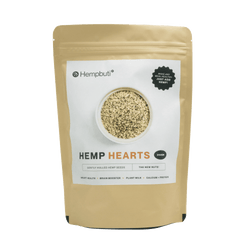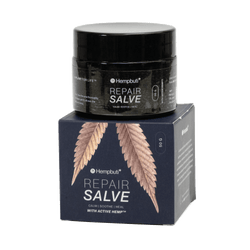Designating pain the “fifth vital sign” aimed to center compassion, but paired with billing codes, marketing muscle, and the misused “addiction rare” idea, the policy nudged an opioid‑first reflex that outpaced evidence for chronic relief. The fallout: higher exposure, worse function at population level, and spiraling harms that multidisciplinary clinics had previously helped avoid.
How we got here
In 1996, the American Pain Society introduced pain as a vital sign, shortly after OxyContin’s FDA approval, and the approach spread via major systems and accreditors. Across hospitals and clinics, clinicians were primed to respond rapidly to pain scores, and the fastest lever became prescription opioids rather than integrative, labor‑intensive plans.
At the same time, managed care and CPT coding splintered whole‑team pain programs into reimbursable fragments, privileging procedures and prescriptions over coordinated rehabilitation and psychosocial care. Studies cited in Chapter 1 show patients got worse while costs rose when care atomized and pills replaced teams.
The incentive stack
Manufacturers expanded speaker bureaus, trainings, coupons, websites, and journal ads to normalize broader use and reassure prescribers. The famous five‑sentence letter’s “rare addiction” theme was amplified in talks and materials, cementing habits that would be hard to unwind later.
Meanwhile, pill mills dispensed volume scripts with minimal evaluation, often cash‑only and mobile to evade prosecution, concentrating in states like Florida before DEA action cut top prescribers. As clinics shuttered, many turned to heroin or online markets, where potency and variability intensified risk.
Policy whiplash
FDA leadership later acknowledged being “complicit, even if unwittingly,” as the agency had not fully grasped the scope of the emerging epidemic during approvals and reformulation cycles. Cases like Opana’s abuse‑deterrent formulation, subsequent outbreaks linked to injection, and ultimate withdrawal show how iterative fixes can lag adaptive harms.
Harm‑reduction measures such as naloxone expansion became essential, but costs rose sharply even as fentanyl analogs demanded multiple doses per event. Enforcement progress against pill mills helped, yet the illicit ecosystem proved resilient, with dark‑web vendors and global logistics restoring access.
Impact table
| Driver | Mechanism | Outcome |
|---|---|---|
| Fifth vital sign | Elevated pain scores to vital status; satisfaction tied to rapid relief. | More opioid exposure without sustained function gains. |
| CPT incentives | Fragmented services reimbursed; teams disbanded. | Higher costs, worse outcomes for persistent pain. |
| Marketing | Speaker bureaus, coupons, education framed as low risk. | Prescriber confidence rose; vigilance fell. |
| Pill mills | High‑volume scripts with minimal exams. | Diversion and dependence spread rapidly. |
What better looks like
Rebuild multidisciplinary access: physical reconditioning, behavioral therapies, and social supports consistently outperform monotherapies in chronic pain. Measure what matters: function, participation, and resilience, not just momentary numeric pain reductions.








